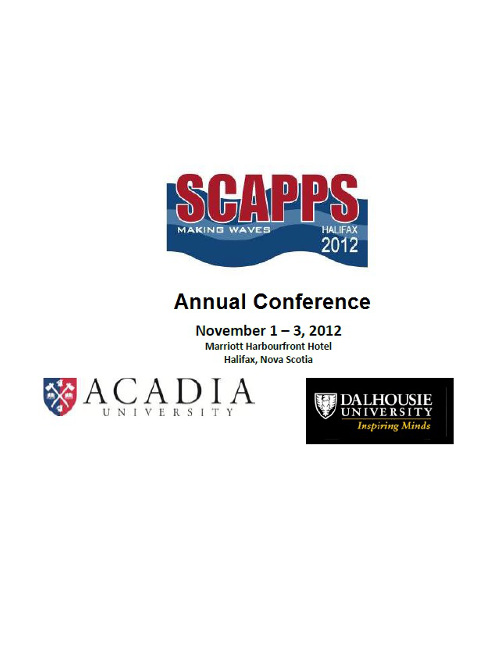Résumé
Physical activity (PA) messages are more or less effective depending on the gain, loss, mixed, or neutral frame of the information presented. Whether the frame of a message promoting children's physical activity impacts parents' support of their children's PA is unknown. As a first step to addressing this research gap, this study examined parents' evaluations of differently framed, publically available children's PA advertisements. Moms (n= 110) and dads (n= 125) with at least one child aged 8-13 yrs viewed 4 ads (gain-, loss-, mixed-, and neural-framed). Following each video they completed measures of ad effectiveness including message involvement, message believability, attitudes towards the messages and attitudes towards the ads as a whole. Within-participant ANOVAs with bonferroni post hoc tests indicated that parents were less involved with the loss-framed ad and considered it less believable than all other ads, ps < 0.05. The gain-framed ad was considered more believable than the neutral frame ad, p < 0.05. Additionally, participants' attitudes towards the gain- and neutral-frame ads were more positive compared to the loss- and mixed-frame ads, ps < 0.001. These findings suggest that parents consider gain- and neutral-framed messages more effective than loss-framed messages. Whether these perceptions translate to changes in social cognitions and behaviours related to parents supporting their children's PA remains to be determined.Acknowledgments: Research support: SSHRC, CIHR Graduate Fellowships, Canada Research Chair Program

